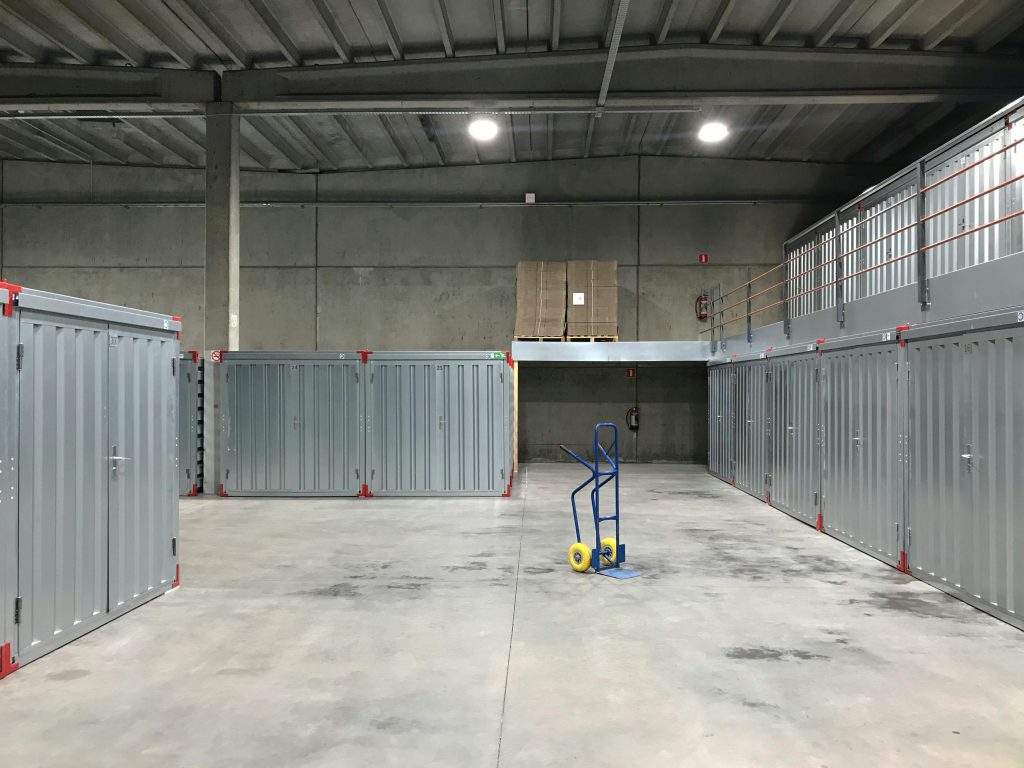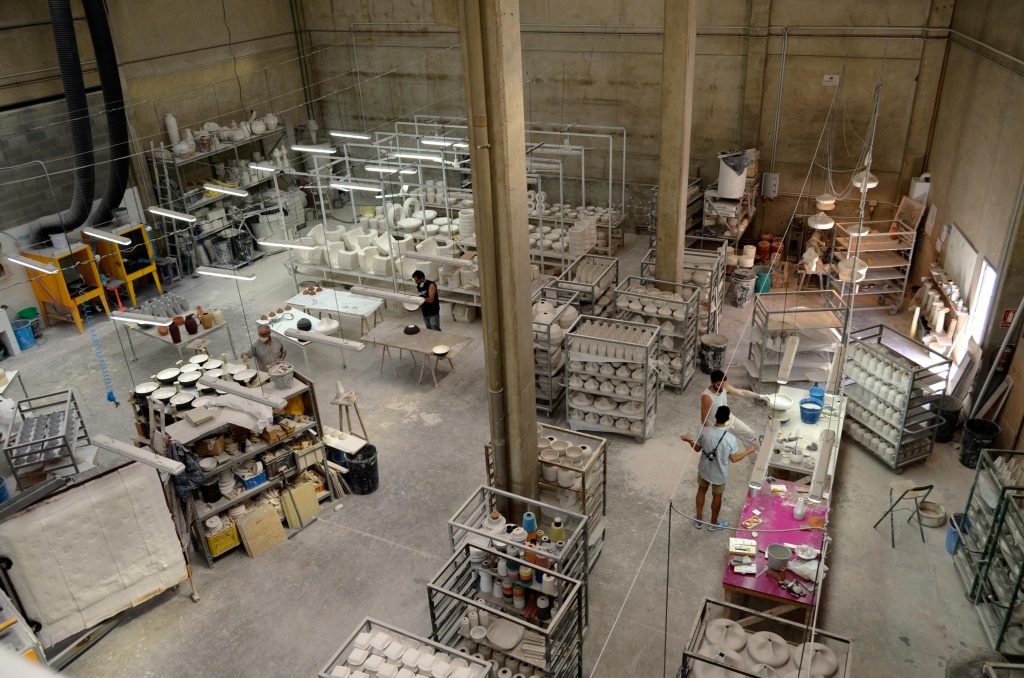Maximizing Warehouse Efficiency: Understanding and Optimizing Inventory Turnover Rates

Understanding Inventory Turnover Rates
Inventory turnover rate, also known as stock turn, is a key performance indicator (KPI) that measures how many times a company’s inventory is sold and replaced over a specific period, typically a year. This metric is crucial for warehouse managers as it directly impacts cash flow, storage costs, and overall operational efficiency.
Calculating Inventory Turnover Rate
The formula for calculating inventory turnover rate is:
Copy
Inventory Turnover Rate = Cost of Goods Sold (COGS) / Average
For example, if your COGS for the year is $1,000,000 and your average value is $200,000, your would be 5, meaning you’ve turned over your five times in a year.
Industry Benchmarks for Inventory Turnover Rates
Can vary significantly across industries due to factors such as product type, shelf life, and demand patterns. Here are some average inventory turnover rates by industry:
- Retail (General): 2-4 times per year
- Grocery: 12-14 times per year
- Automotive Parts: 6-7 times per year
- Electronics: 5-6 times per year
- Apparel: 4-6 times per year
- Furniture: 3-5 times per year
It’s important to note that these are general benchmarks, and the optimal turnover rate for your warehouse may differ based on your specific business model and market conditions.
Factors Affecting Inventory Turnover Rates in Warehouses
Several factors can impact your warehouse’s inventory turnover rate:
- Demand Forecasting Accuracy: Precise demand forecasting helps maintain optimal inventory levels, preventing overstocking or stockouts.
- Supply Chain Efficiency: A streamlined supply chain ensures timely replenishment, supporting higher turnover rates.
- Warehouse Layout and Organization: An efficient warehouse layout facilitates faster picking and packing, improving overall turnover.
- Inventory Management Practices: Techniques like ABC analysis and Just-in-Time (JIT) inventory can significantly impact turnover rates.
- Seasonality: Many businesses experience fluctuations in demand throughout the year, affecting turnover rates.
- Product Mix: Different products may have varying turnover rates, impacting the overall average.
- Technology Adoption: The use of advanced warehouse management systems can greatly improve inventory visibility and turnover rates.

The Impact of Inventory Turnover Rates on Warehouse Performance
Understanding and optimizing your can lead to several benefits:
- Improved Cash Flow: Higher turnover rates mean is converted to cash more quickly, improving liquidity.
- Reduced Carrying Costs: Less inventory on hand means lower storage, insurance, and depreciation costs.
- Fresher Inventory: Faster turnover ensures products don’t become obsolete or expire before sale.
- Increased Profitability: Efficient inventory management often leads to higher profit margins.
- Better Space Utilization: Optimal turnover rates help maximize warehouse space usage.
Strategies to Improve Inventory Turnover Rates
To optimize your warehouse’s inventory turnover rate, consider implementing these strategies:
- Implement Cross-Docking: For fast-moving items, use cross-docking to minimize storage time and increase turnover.
- Use ABC Analysis: Categorize inventory based on value and sales frequency to prioritize management efforts.
- Optimize Reorder Points: Set accurate reorder points to maintain optimal stock levels without overstocking.
- Improve Demand Forecasting: Utilize historical data and advanced analytics to predict future demand more accurately.
- Streamline Receiving and Putaway Processes: Efficient receiving and putaway procedures can significantly reduce inventory idle time.
- Implement Cycle Counting: Regular cycle counts can improve inventory accuracy, leading to better turnover management.
- Optimize Warehouse Layout: Arrange your warehouse to minimize travel time and improve picking efficiency.
- Utilize FIFO or LIFO Methods: Depending on your industry, implement First-In-First-Out (FIFO) or Last-In-First-Out (LIFO) inventory management methods to improve turnover.

How Linbis WMS Can Help Optimize Inventory Turnover Rates
Linbis’s advanced Warehouse Management System offers a suite of features designed to help businesses optimize their inventory turnover rates:
- Real-Time Inventory Tracking: Linbis WMS provides up-to-the-minute visibility into your inventory levels, enabling quick decision-making and preventing overstocking or stockouts.
- Advanced Analytics and Reporting: Our system offers in-depth analysis of your data, including turnover rates for individual SKUs, product categories, and overall . These insights help identify trends and areas for improvement.
- Demand Forecasting: Linbis utilizes machine learning algorithms to predict future demand based on historical data, seasonality, and market trends, allowing for more accurate planning.
- Automated Reordering: Set up custom reorder points and let Linbis automatically generate purchase orders when stock levels reach predetermined thresholds, ensuring optimal levels.
- Multi-Location Management: For businesses with multiple warehouses, Linbis offers seamless visibility and transfer management across locations, optimizing overall turnover rates.
- ABC Analysis Tools: Our WMS includes built-in ABC analysis functionality, helping you categorize and manage your more effectively.
- Cross-Docking Support: Linbis WMS streamlines cross-docking operations, reducing storage time for fast-moving items and improving turnover rates.
- FIFO/LIFO Management: Our system supports both FIFO and LIFO management methods, ensuring proper stock rotation and optimized turnover.
- Cycle Counting Tools: Linbis WMS includes features to schedule and manage cycle counts, improving inventory accuracy and turnover management.
- Integration Capabilities: Our WMS integrates seamlessly with other business systems (ERP, CRM, etc.), ensuring data consistency and improving overall supply chain efficiency.
By leveraging Linbis’s comprehensive WMS solution, businesses can gain deep insights into their inventory turnover rates, identify areas for improvement, and implement strategies to optimize their warehouse operations.

Conclusion
Optimizing inventory turnover rates is crucial for maximizing warehouse efficiency and profitability. By understanding industry benchmarks, factors affecting turnover rates, and implementing effective strategies, warehouse managers can significantly improve their operations.
However, in today’s complex supply chain environment, manually managing and optimizing inventory turnover can be challenging. This is where advanced Warehouse Management Systems like Linbis come into play. By providing real-time visibility, advanced analytics, and automation capabilities, Linbis WMS empowers businesses to take control of their inventory, optimize turnover rates, and stay ahead in the competitive logistics landscape.
Remember, while striving for higher is generally beneficial, it’s essential to balance this goal with other business objectives such as customer service levels and cost-effectiveness. With the right tools and strategies in place, you can find the optimal that maximizes efficiency and profitability for your unique warehouse operations.
